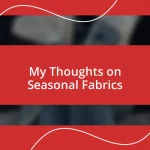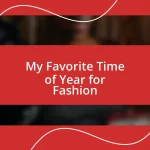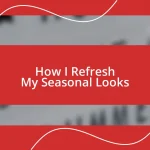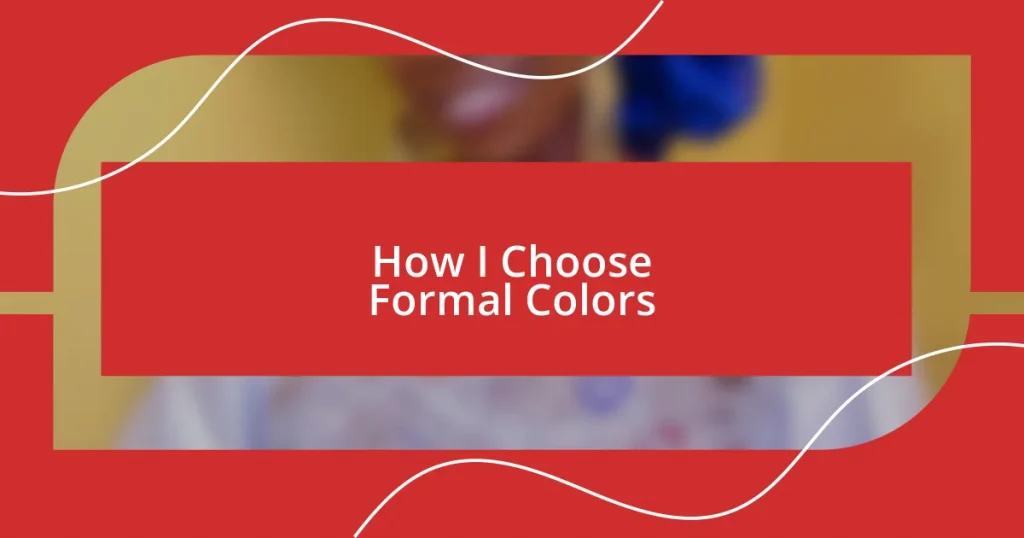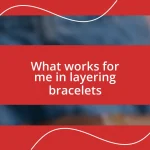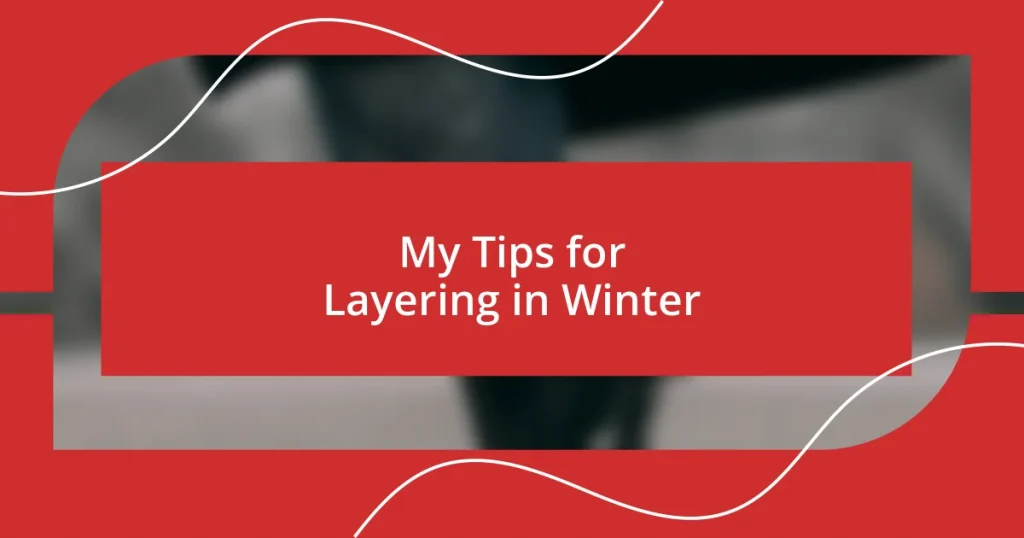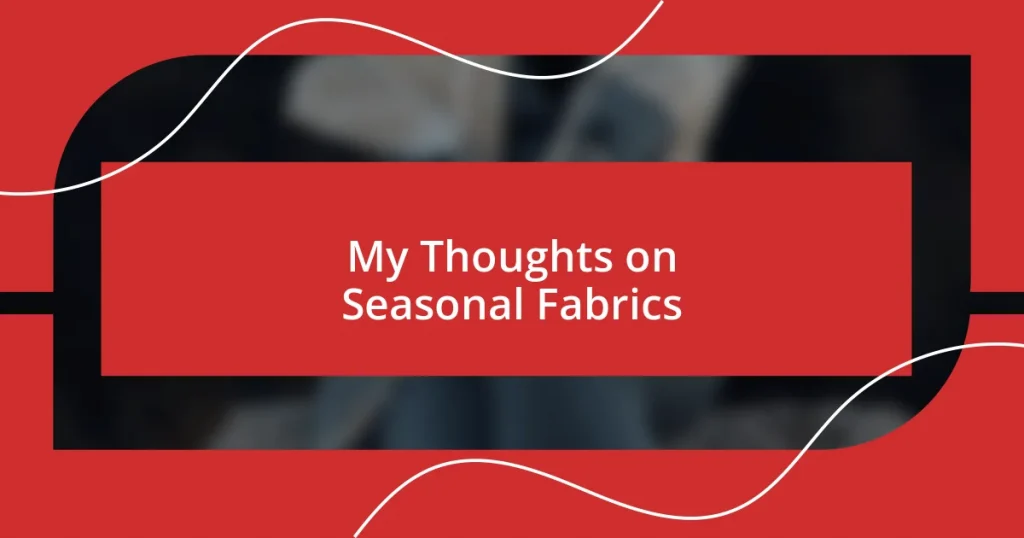Key takeaways:
- Understanding color theory, including the emotional impact of colors, leads to more intentional and expressive formal color choices.
- Considering skin tone and undertones is essential for selecting colors that enhance appearance and boost confidence.
- Testing colors under different lighting and experimenting with accessories can transform an outfit, ensuring it resonates authentically with personal style.
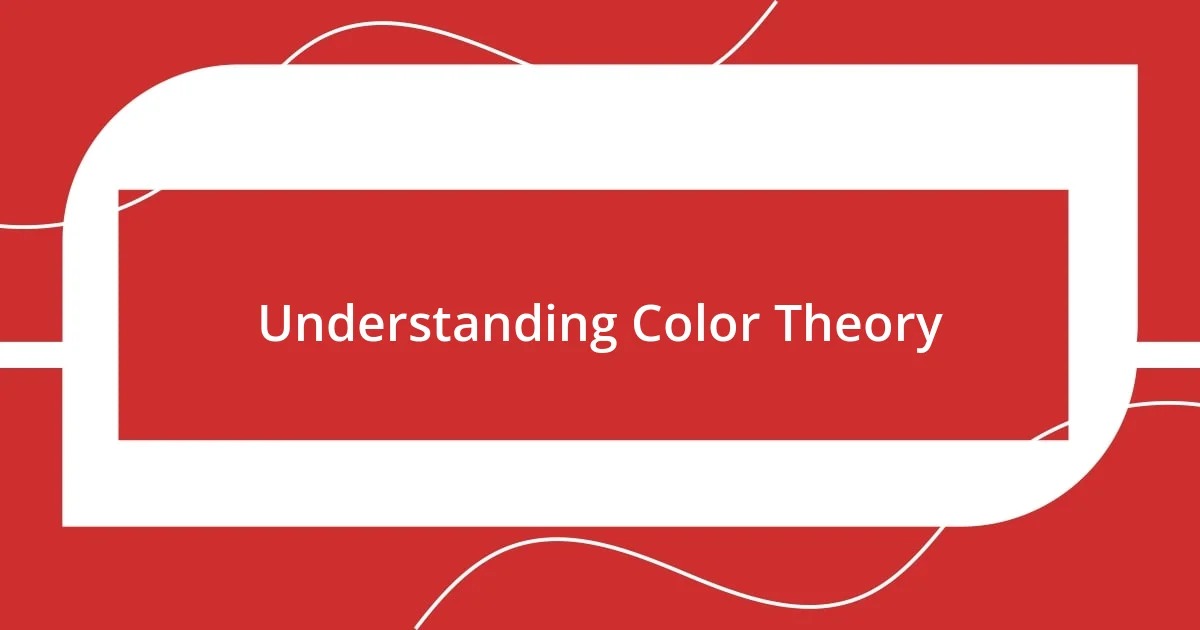
Understanding Color Theory
Color theory plays a pivotal role in my decision-making process when selecting formal colors. I remember attending a wedding where the color scheme was a perfect blend of navy blue and gold. The combination not only conveyed elegance but also resonated with the joy of the occasion, leaving a lasting impression on me. It made me wonder—how often do we overlook the emotional impact colors can have on our experiences?
As I delved deeper into color theory, I discovered the significance of the color wheel. Understanding primary, secondary, and tertiary colors helped me appreciate the harmony and contrast that different hues can create. I can’t tell you how many times I’ve stood in front of my closet, contemplating whether to choose a striking red or a calming green for an event. Isn’t it fascinating how such simple choices can evoke strong feelings and set the tone for an entire experience?
One concept that resonates with me is the idea of warm versus cool colors. Warm hues, like reds and oranges, often induce energy and excitement. I recall choosing a warm burgundy for a job interview, feeling bold and confident. On the flip side, cool shades like blues and greens can invoke tranquility. Reflecting on these nuances truly highlights how understanding color theory allows us to express our emotions and intentions more effectively through our color choices.
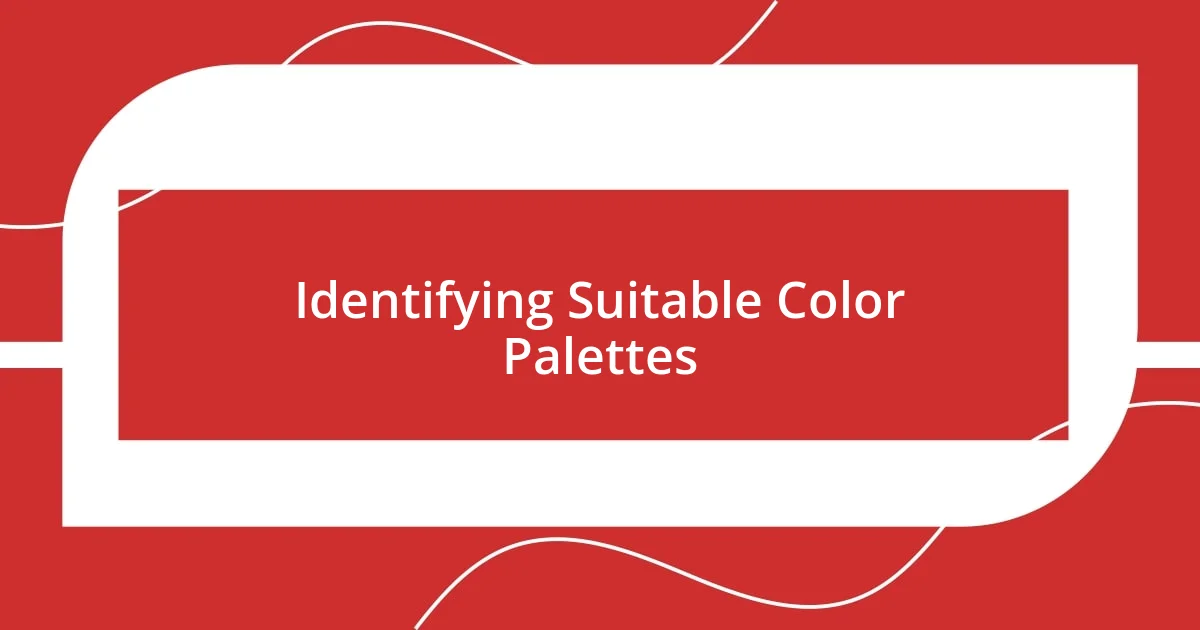
Identifying Suitable Color Palettes
Identifying the right color palette can feel daunting, but it’s really about knowing what resonates with you personally. I remember attending an upscale gala where the deep emerald and soft ivory palette truly stood out. The colors felt both luxurious and timeless, evoking a sense of sophistication that perfectly complemented the elegant venue. This experience taught me to consider not only how colors interact, but also how they make me feel in different environments.
When choosing a color palette, I often look for inspiration from nature, art, or events that have left an impression on me. Here are some practical tips I keep in mind:
- Emotional Resonance: Select colors that evoke emotions you want to convey, like calmness or excitement.
- Seasonal Influence: Consider the season; rich, warm tones are often more suitable for fall, while light pastels shine in spring.
- Cultural Significance: Be mindful of colors that may carry different meanings in various cultures.
- Personal Preference: Ultimately, choose shades that you feel a connection to, and that reflect your personality.
- Contrast and Harmony: Aim for a balance between contrasting colors for visual interest and harmonious shades for elegance.
By pondering these elements, I can confidently navigate the wide world of colors to find the perfect palette that expresses my style and intentions.
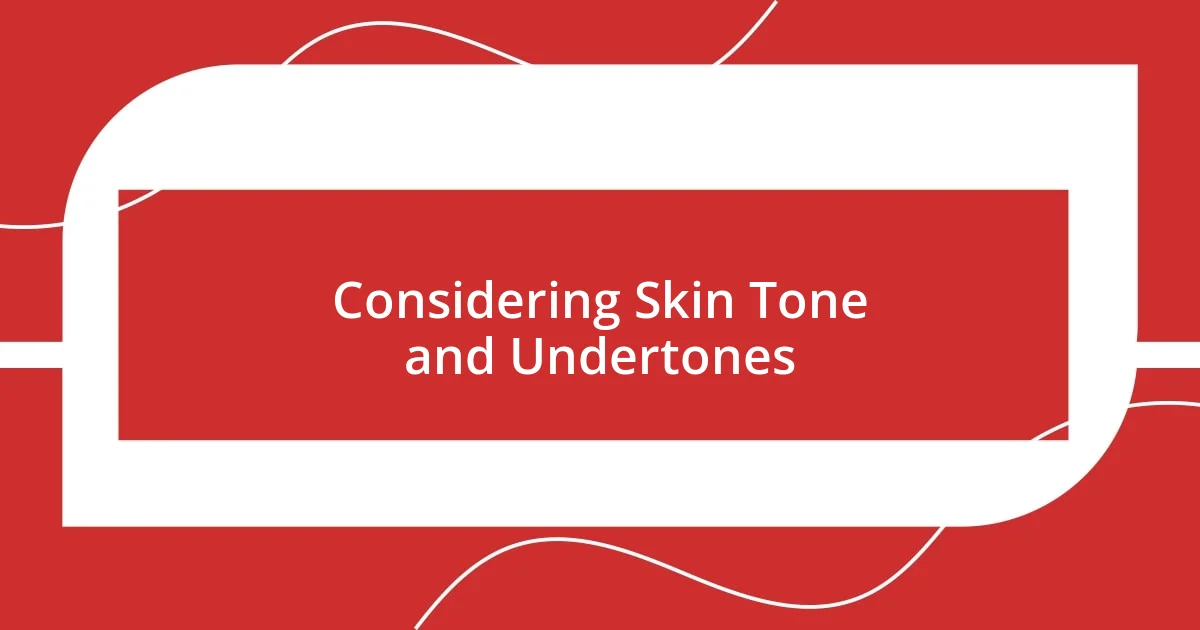
Considering Skin Tone and Undertones
Considering skin tone and undertones is crucial when selecting formal colors. I remember the first time I tried on a dress in a warm coral shade; it felt like magic, instantly brightening my complexion. Understanding whether your skin tone is warm, cool, or neutral can dramatically influence how a particular color enhances or diminishes your appearance. Personally, I always feel more confident in colors that flatter my natural tones, and it’s amazing how the right choice can uplift both my mood and overall look.
Determining your undertone is just as essential as recognizing your skin tone. For instance, I have warm undertones, which makes colors like gold, peach, and warm reds work wonders for me at formal events. I once wore a stunning navy blue to a formal dinner, only to realize the cooler undertones washed me out. A simple accessory in a warmer shade turned the look from dull to dazzling, reinforcing how vital it is to consider undertones when selecting attire.
To help clarify this concept, here’s a simple comparison table:
| Skin Tone | Best Formal Colors |
|---|---|
| Warm | Coral, Gold, Olive Green |
| Cool | Jewel Tones, Silver, Mauve |
| Neutral | Earth Tones, Off-White, Teal |
Using this knowledge not only simplifies the color selection process but also enriches the experience, allowing me to feel true to myself in every formal occasion.
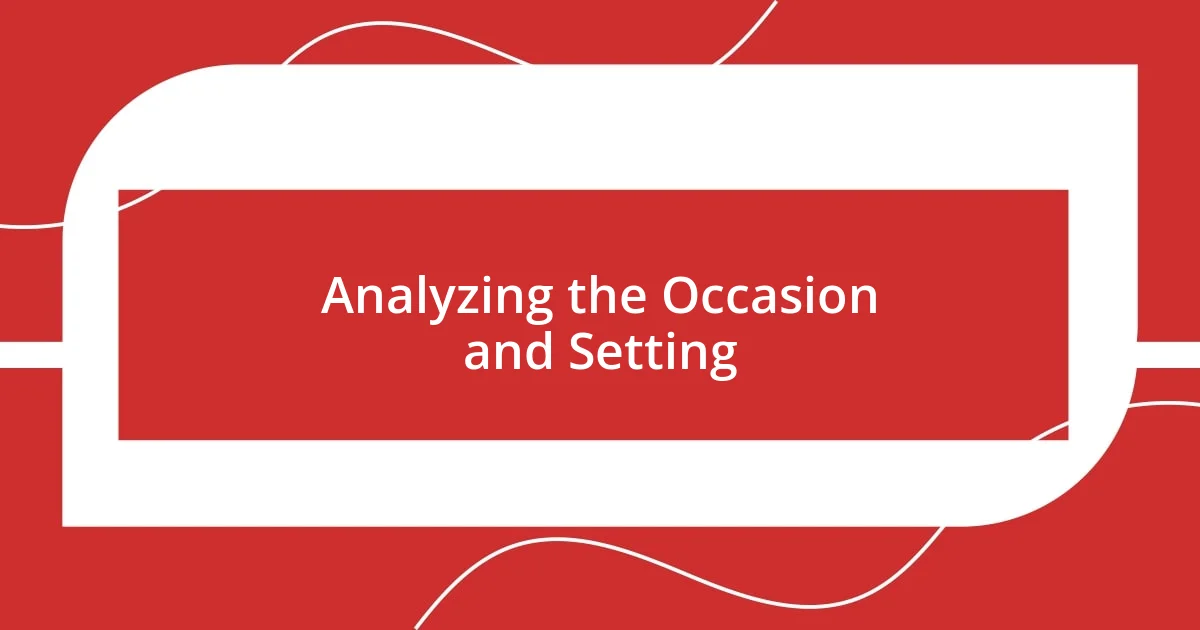
Analyzing the Occasion and Setting
Analyzing the occasion and setting is a vital part of my color selection process. For example, when attending a formal wedding, I find that the vibe of the event—be it intimate or grand—can greatly influence my choice. I once opted for a rich burgundy dress at a candlelit evening wedding, which perfectly suited the romantic atmosphere, while at a daytime garden wedding, lighter shades like blush or soft lavender felt much more appropriate.
I also consider the venue itself. I recall walking into an opulent ballroom adorned in gold and silver, which inspired me to wear a striking navy gown accented with silver accessories. Have you ever thought about how a venue’s decor can shape your own outfit choices? It’s fascinating how the surroundings can guide me toward a color palette that feels both intentional and in harmony with the setting.
The occasion’s nature matters as well. I remember attending a formal business event where everyone opted for classic black and navy tones. I chose a sophisticated charcoal grey, which allowed me to stand out in a subtle yet stylish way. This experience taught me that sometimes it’s less about blending in and more about adding a personal touch that aligns with the formality of the event. When analyzing these elements, I feel empowered to select colors that not only work aesthetically but also resonate emotionally with both the occasion and my own sense of self.
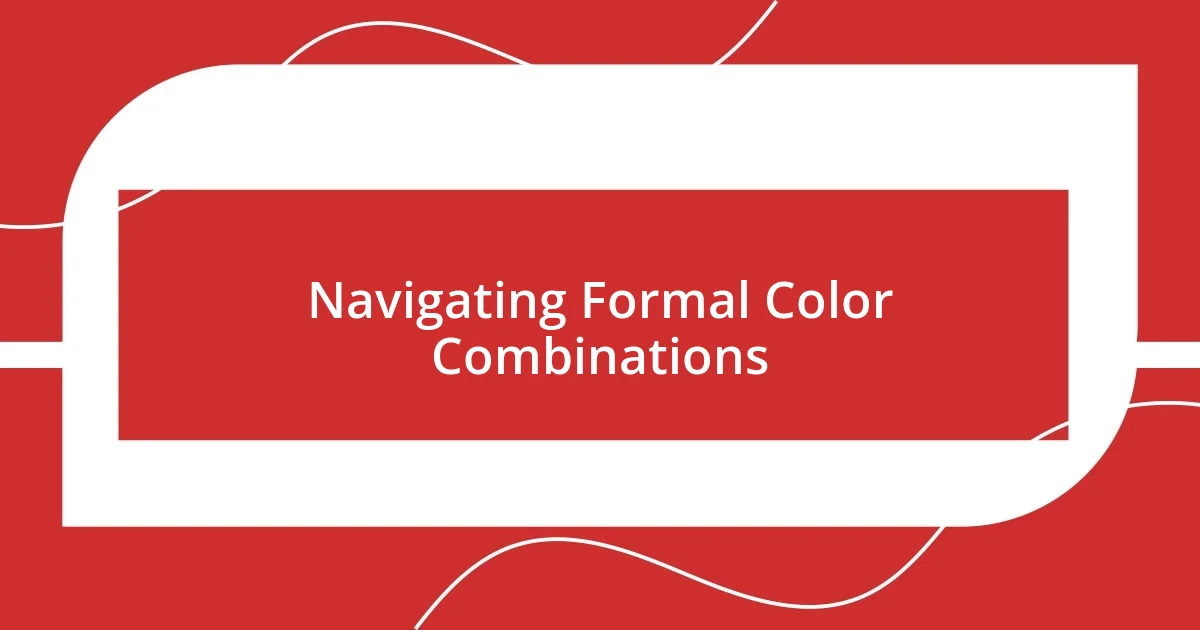
Navigating Formal Color Combinations
Navigating formal color combinations can feel overwhelming, but I find it easier when I think about balancing hues. For instance, I vividly recall wearing a deep emerald green gown for a gala, which I paired with soft gold accessories. The contrast was striking, and it made me realize how complementary colors not only enhance my outfit but also elevate my mood.
When I consider color combination principles, the idea of color wheels often comes to mind. I like to think of my go-to combinations as a dance between cool and warm tones. I once chose a blush pink dress paired with a rich plum shawl for an evening reception. The unexpected pairing sparked so many compliments and made me feel uniquely myself, reminding me of the joy that comes from experimenting with unexpected hues.
Have you ever wondered how certain color combos evoke emotions? I do. During a formal event themed around elegance and serenity, I opted for a sophisticated palette of navy and cream. The reaction from friends and family was heartwarming, as it evoked a sense of calm amidst the celebration. It taught me that the colors I choose don’t just impact my appearance—they can also resonate with the feelings in the room, creating a shared experience that’s beautifully memorable.
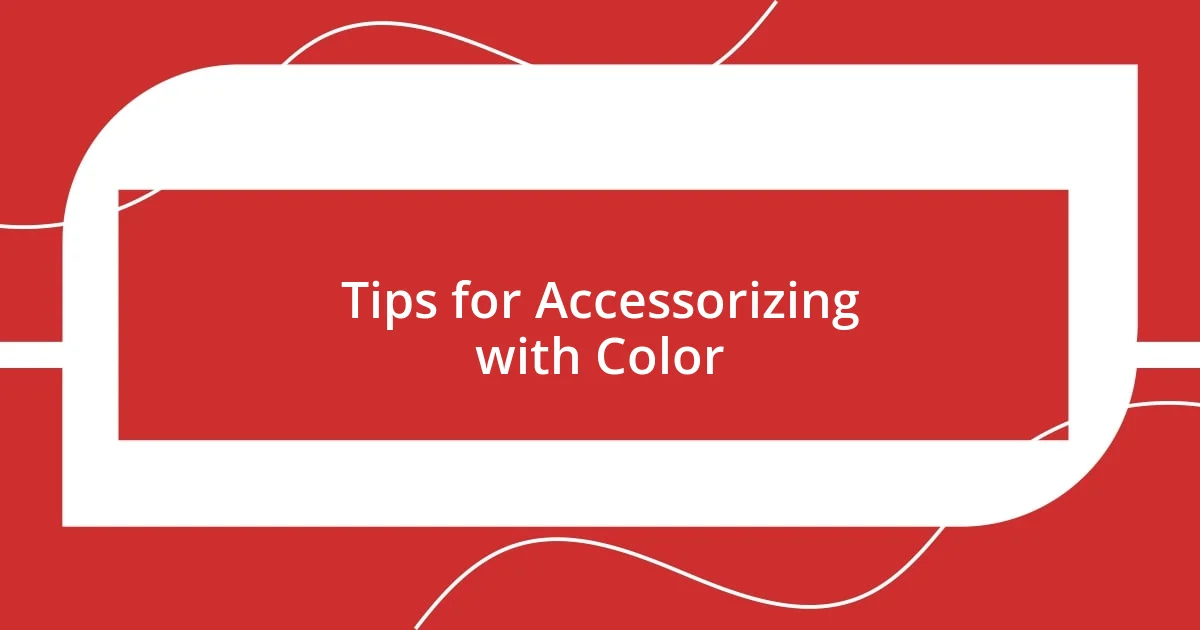
Tips for Accessorizing with Color
Choosing the right accessories to complement your color choices can transform an outfit from ordinary to extraordinary. I recall a time when I wore a classic navy dress to a formal dinner and decided to accessorize with a vibrant red clutch. That unexpected pop of color sparked a lively conversation, making me realize how accessories can act as a focal point that not only enhances the outfit but sparks joy among those around me.
I believe that balancing textures alongside colors can make a significant difference. For example, when I wore a shimmering silver gown, I chose matte black accessories to create a beautiful contrast. The mixture of textures added depth and intrigue, reminding me that the visual narrative of an outfit isn’t solely based on color alone—it’s about the story we tell through various elements.
Have you ever felt the difference a small accessory can make? I remember adding a delicate scarf in soft pastels to my outfit for a spring gala. Those subtle hues beautifully echoed the blossoming flowers outside and uplifted my spirits throughout the night. This experience reaffirmed my belief that thoughtful accessorizing not only complements our colors but also reflects our emotions and connection to the moment.
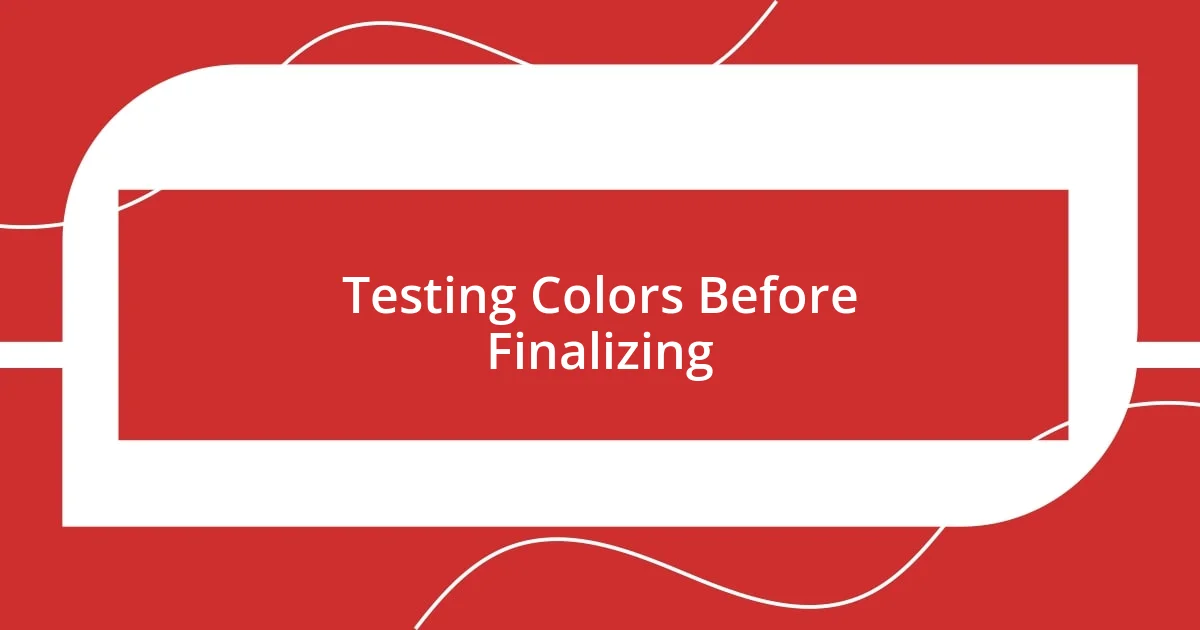
Testing Colors Before Finalizing
When I’m about to finalize my color choices for a formal outfit, I always test them under various lighting conditions. I recall trying on a stunning burgundy dress in the daytime, only to find that it looked entirely different inside under artificial light. The way light plays with colors can greatly influence how they appear, so I often take a moment to step outside and see how they resonate in natural sunlight. Have you ever noticed how the same shade can evoke different feelings in different settings?
I also make it a point to try on my outfit with the accessories I plan to wear. There was a time when I thought a pair of mint green heels would elevate a navy blue gown, but upon trying them together, I was left feeling less than inspired. By experimenting with my chosen colors alongside all elements of my ensemble, I’ve learned that the right combinations come alive in unexpected ways. It’s incredible how a small adjustment can shift the entire feel of an outfit, isn’t it?
Ultimately, testing colors in real-time allows me to tune into my instincts. On one occasion, I tried a beautiful satin finish against a matte fabric, realizing that the contrast was just too stark for my personal style. It reminded me that finalizing colors isn’t just about trends but about what truly feels authentic to me. Trusting my instincts after testing different combinations has led to my most beloved outfits. How do you navigate that moment of realization when a color just clicks?


